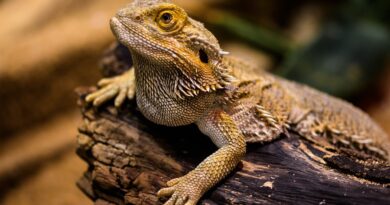Revolutionary Study Redefines Turtle Evolutionary History
A groundbreaking study has made significant strides in solving one of evolutionary biology’s most contentious questions: the exact place of turtles in the vertebrate evolutionary tree. Published in the journal Evolution & Development, the research reveals that turtles are more closely related to birds and crocodilians than to lizards and snakes.
Led by Daniel Field, a Yale graduate student and a predoctoral fellow at the Smithsonian’s National Museum of Natural History, the study combined data from anatomical, DNA, and microRNA studies to clarify the evolutionary relationships among reptiles. While the kinship of certain reptile groups like birds and crocodilians is well-established, the position of turtles has long been a subject of debate.
Previous DNA sequence studies suggested a close evolutionary link between turtles and archosaurs (birds and crocodilians). However, this was contradicted by anatomical studies and research on microRNAs, small biomolecules considered excellent evolutionary markers. The new study, however, resolves this conflict, indicating that both microRNAs and DNA sequences consistently point to a closer evolutionary relationship between turtles and archosaurs.
Field explains that this common ancestor likely appeared more than 250 million years ago during the Permian period and would have been distinct from modern birds or crocodilians. This study, involving researchers from Dartmouth, Yale, the Smithsonian, Mount Desert Island Biological Research Station, and the University of Bristol, marks a significant step in understanding reptile evolution and the unique development of features like the turtle’s shell.


